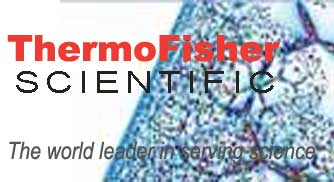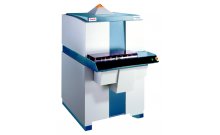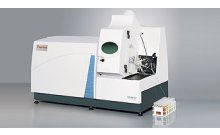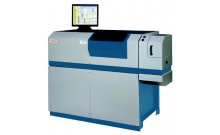iCAP 6500 等离子体发射光谱仪高通量土壤样品分析
abstract:
Commercial and private analytical laboratories are becoming leaner, more cost effective and with a need for faster, more accurate analyses than ever before. The need is seated in the free-market system with competition dictating that we become better, faster and cheaper all at the same time.
The drive to become more cost-conscious combined with faster, accurate analysis in smaller laboratories is also having an effect on instrument manufacturers who are influenced by customers to provide these enhancements. The result of the changes in instrument design have produced spectrometers that are smaller in size, accurate, fast and versatile with computer control as standard providing easier and more accessible instrument control.
Historically, the most popular ICP of choice for environmental commercial labs was the Thermo Scientific ICAP 61e. These instruments offered rapid analysis times and good sensitivity, coupled with robust design which was sometimes limited by the fixed channel optical designs. The iCAP 6000 Series ICP spectrometers are a natural replacement for the 61e. They offer even faster analysis times and 2-3 times lower detection limits while the CID detector allows the choice of all analytical lines between 166.250 and 847 nm.
instrument:
The iCAP 6500 Radial View plasma
Conclusions:
The iCAP 6500 proved to be eminently suitable for providing rapid, accurate results.
The high sensitivity of the optical system and CID camera allowed the integration time to be reduced to a minimum while still retaining the capacity to produce credible results. Although the iCAP is well known for its sensitivity and low detection limits, the disparate concentrations of the soil samples, from trace to major, proved to be no obstacle.
In addition, the iCAP provides several benefits for busy commercial soils analysis labs. Analysis times are greatly reduced compared to conventional instruments allowing greater sample throughput, reduced instrumentation requirements and lower overall operating costs.




